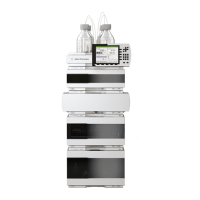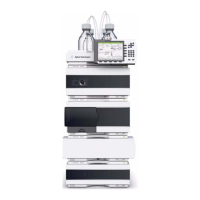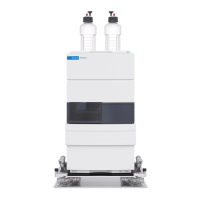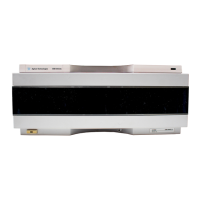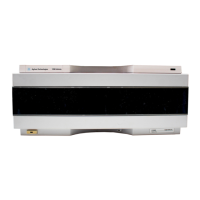6 Intuvo 9000 GC Safety Manual
Introduction
Hydrogen Safety
Hydrogen gas may be used as carrier gas, and/or as fuel for the FID and NPD.
When mixed with air, hydrogen can form fire hazard.
Hydrogen is a commonly used GC carrier gas. Hydrogen is potentially a fire
hazard and has other dangerous characteristics.
• Hydrogen is a fire hazard over a wide range of concentrations. At
atmospheric pressure, hydrogen is a fire hazard at concentrations from 4%
to 74.2% by volume.
• Hydrogen has the highest burning velocity of any gas.
• Hydrogen has a very low ignition energy.
• Hydrogen that is allowed to expand rapidly from high pressure into the
atmosphere can self-ignite due to an electrostatic spark.
• Hydrogen burns with a nonluminous flame which can be invisible under
bright light.
Hydrogen shutdown
Hydrogen gas may be used as a carrier or as fuel for some detectors. When
mixed with air, hydrogen can form fire hazard.
The GC monitors inlet and auxiliary gas streams. If a stream shuts down
because it is unable to reach its flow or pressure setpoint and if that stream is
configured to use hydrogen, the GC assumes that a leak has occurred and
declares a hydrogen safety shutdown. The effects are:
• The offending channel and any associated channels (such as septum purge)
are set off.
• The column heater turns off.
Hydrogen is flammable. Leaks may create a fire hazard. In any application using
hydrogen, leak test all connections, lines, and valves before operating the
instrument. Always turn off the hydrogen supply at its source before working on the
instrument.
